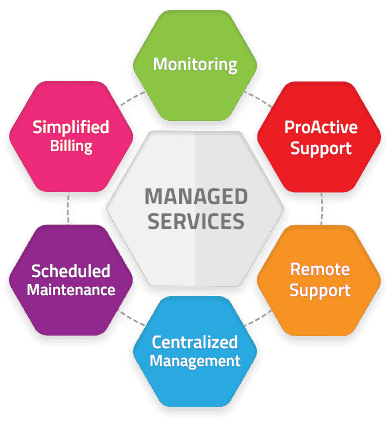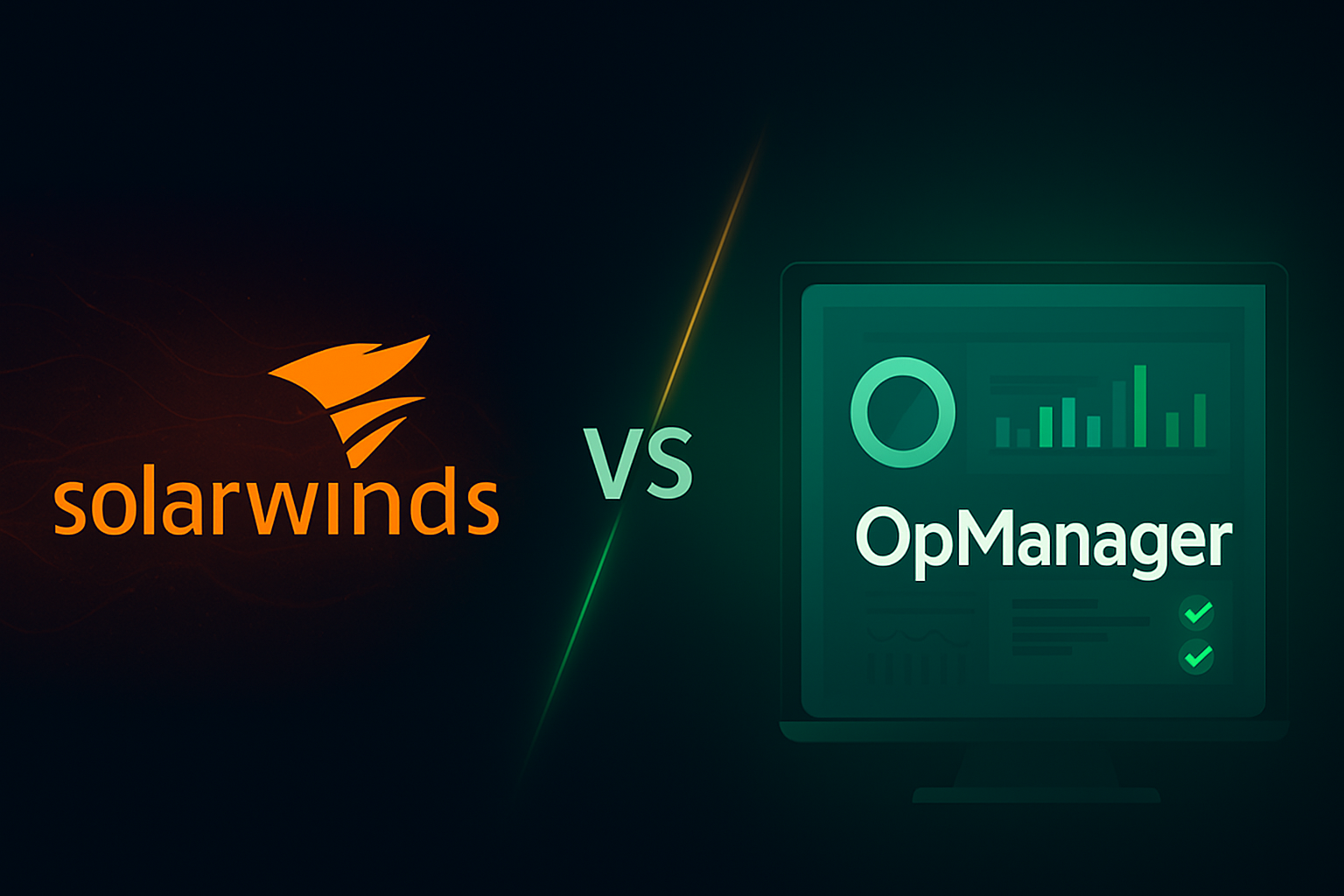What is applications monitoring? benefits and best practice
In today’s rapidly evolving digital world, users have high expectations for application performance and availability. If an application is slow or crashes often, users are likely to switch to a competitor’s product. With the complex, interconnected services in an application stack, it’s challenging for IT administrators to pinpoint and resolve performance issues. As technology advances and applications become more complex, implementing application monitoring is crucial to stay competitive and meet user expectations, especially during peak periods like Black Friday.
What is Application Monitoring?
Application monitoring is a critical part of software development and IT operations. It focuses on application performance, availability, and user experience. By continuously measuring key metrics such as response time, error frequency, and resource usage, bottlenecks can be identified and improvements implemented. This allows developers to quickly detect and solve issues, ensuring a smooth and efficient user experience.
Why is Application Monitoring Necessary?
With the rise of microservices and cloud-native architectures, companies have split their applications into smaller, independent services, utilizing distributed platforms like containers, virtual machines, and serverless systems. This enables scaling services and minimizes the impact of technological disruptions on business activities, revenue, and reputation.
To ensure application performance, deep insight into both the user interface and underlying infrastructure is needed. This helps detect and resolve problems quickly, contributing to a seamless digital experience. Without a robust application monitoring solution, troubleshooting can be difficult, leading to poor user experience and potentially higher costs.
With real-time monitoring and advanced alerts, application monitoring provides a complete view of both front-end and back-end performance. This enables administrators to quickly and efficiently identify and resolve issues.
Benefits of Application Monitoring
For organizations with complex infrastructures, a powerful application monitoring solution is crucial for effective performance management. Key benefits include:
-
Faster incident resolution: Real-time monitoring helps developers detect and solve performance and availability issues before they affect end users. For example, a bank can identify and resolve ATM transaction slowdowns in seconds.
-
Improved performance: Monitoring helps optimize applications by providing insight into response times, uptime, and other critical metrics.
-
Proactive maintenance: By tracking trends in application performance, developers can implement improvements before problems escalate.
-
Higher customer satisfaction: Gaining insight into user behavior can address pain points, leading to a better user experience and higher customer retention.
-
Cost savings: Detecting and resolving issues early reduces downtime and operational costs.
Types of Application Monitoring
Depending on an organization’s needs, different forms of application monitoring can be applied:
-
Performance Monitoring: Tracks response times and resource usage to identify bottlenecks.
-
Availability Monitoring: Checks uptime and accessibility of applications.
-
Infrastructure Monitoring: Monitors servers, databases, and networks to ensure stable operations.
-
User Experience Monitoring: Evaluates user interactions to increase satisfaction and retention.
-
Error Monitoring: Detects bugs or exceptions in the code and prioritizes them for quicker fixes.
-
Log Monitoring: Analyzes log files to track operations and detect anomalies.
-
Security Monitoring: Identifies threats and vulnerabilities in the application to improve security.
Challenges in Application Monitoring
Despite its benefits, application monitoring presents some challenges:
-
Complexity of Infrastructure: Managing microservices and cloud environments can be complicated.
-
Volume of Data: Tracking all performance indicators requires advanced analytics tools.
-
Distributed Data Sources: Analyzing data from various sources can be challenging.
-
Performance Blind Spots: Monitoring across on-premise and cloud systems can cause gaps.
-
Lack of Expertise: Managing and analyzing monitoring data requires specialized knowledge.
-
High Costs: Setting up an extensive monitoring platform can require a significant investment.
Key Features of an Application Monitoring Solution
An effective monitoring solution should include:
-
Application Performance Monitoring: In-depth analysis of application code, transaction paths, and resource usage.
-
Hybrid Infrastructure Monitoring: Support for on-premise and cloud systems such as AWS, Azure, and Kubernetes.
-
Digital Experience Monitoring: Real-time tracking of user experiences and API performance.
-
Application Detection and Dependency Mapping: Insight into the interrelationships between application components.
-
AI-Powered Alerts and Reporting: Automated notifications and detailed performance analyses.
Best Practices for Application Monitoring
To apply application monitoring effectively, it’s important to:
-
Set clear goals.
-
Monitor all layers of the application stack.
-
Map out the end-user experience.
-
Track critical performance indicators.
-
Set up alerts and notifications.
-
Regularly analyze data.
-
Monitor all environments (development, test, production).
-
Involve all stakeholders in the process.
-
Document and share best practices.
-
Implement a disaster recovery plan.
Optimize Your Application Monitoring with Applications Manager
Looking for a powerful solution for application monitoring? ManageEngine Applications Manageroffers comprehensive performance management, infrastructure monitoring, and more. With easy installation and a user-friendly interface, it’s the ideal tool for businesses seeking to optimize their application performance. Try it for free or schedule a demo with our experts!

Sign up for our newsletter
Stay updated with our latest products and offers by subscribing to our newsletter

Sign up for our newsletter
Stay updated with our latest products and offers by subscribing to our newsletter





